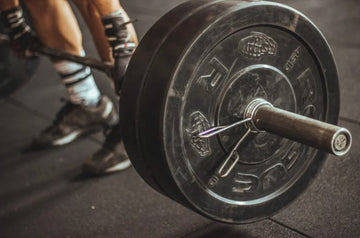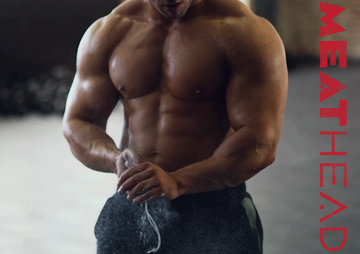When you're in the gym lifting heavy, it's not just about brute strength. Grip strength is often the limiting factor when you're pushing your body to the max. That’s where lifting straps and grips come into play, offering a tactical advantage that can help you break through plateaus and lift heavier than ever before. These tools aren’t for the faint of heart—they’re for those ready to level up and leave their excuses at the door.
1. Max Out Your Lifts
No matter how strong your back, legs, or shoulders are, your grip will always be a weak link. Lifting straps and grips help eliminate that weakness. By securing your hands to the bar or dumbbell, they take some of the strain off your forearms, allowing you to lift heavier and focus on the targeted muscle group. Straps and grips are essential in pulling exercises like deadlifts, rows, and pull-ups, where grip fatigue can set in before your muscles have truly hit failure.
2. Get More Reps In
There’s nothing worse than tapping out of a set because your grip gives up before your muscles do. Using straps or grips lets you squeeze out those last few reps that would otherwise be impossible. These extra reps are the difference between staying the same and making serious gains. Over time, this can lead to greater muscle hypertrophy and strength, as you're pushing your muscles closer to their actual limit.
3. Prevent Injury
Lifting heavy without proper hand support can lead to unnecessary strain on your hands, wrists, and forearms. Over time, this can turn into chronic injuries like tendinitis or even more serious ligament issues. By using straps and grips, you're reducing the risk of these overuse injuries, allowing you to lift heavier with better form and less strain on your joints. Plus, they help improve your posture and control during lifts, which reduces the risk of dangerous form breakdowns.
4. Boost Confidence Under the Bar
There’s a psychological edge that comes with using straps and grips. When you know your grip won’t fail, you're mentally prepared to attack the lift with everything you've got. That confidence translates to better lifts, and ultimately, better gains. You’re not distracted by the discomfort of your hands slipping or fighting to hold onto the bar—you’re fully focused on moving weight.
5. Target Muscles More Effectively
For bodybuilding and strength training alike, isolating the right muscles is crucial for growth. When you're deadlifting, pulling, or rowing with straps, you can focus on the prime movers—your back, traps, or hamstrings—without worrying about your grip giving out. This targeted muscle engagement helps increase the mind-muscle connection, leading to more effective workouts and better results.
6. Train Through Injuries or Weaknesses
If you've got a wrist or forearm injury, using lifting straps and grips can help you stay in the game. These tools allow you to train around weaknesses by taking some of the load off the injured area, helping you maintain your training intensity while you recover. Plus, they can be useful for lifters with smaller hands who may struggle to grip thicker bars or heavy weights.
The Bottom Line
Lifting straps and grips aren't a cheat—they're a performance-enhancing tool for serious lifters looking to go the distance. If your goal is to build serious muscle, maximize your strength, and protect your body while doing it, then adding these to your gym bag is a no-brainer. But remember, they won’t fix poor grip strength. Incorporate grip-specific training like farmer’s carries, hangs, and fat-bar work to ensure your forearms are still getting the attention they need.
Train hard, lift heavy, and get a grip—literally.
Click here to check out our Meathead Strength lifting grips and straps.





